In the intricate world of reptile care, few environmental factors rival the importance of humidity. This often-overlooked aspect of terrarium management directly impacts everything from a reptile’s skin health to its respiratory function and overall longevity. Unlike mammals, reptiles have evolved specific adaptations to their native environments, making them particularly sensitive to moisture levels in captivity. Whether you’re caring for a tropical rainforest species or a desert dweller, understanding and maintaining appropriate humidity levels is a fundamental aspect of responsible reptile husbandry. This comprehensive guide explores why humidity matters so profoundly, how it affects different species, and practical methods to create and maintain optimal moisture conditions for your scaly companion.
Understanding Humidity Basics for Reptiles
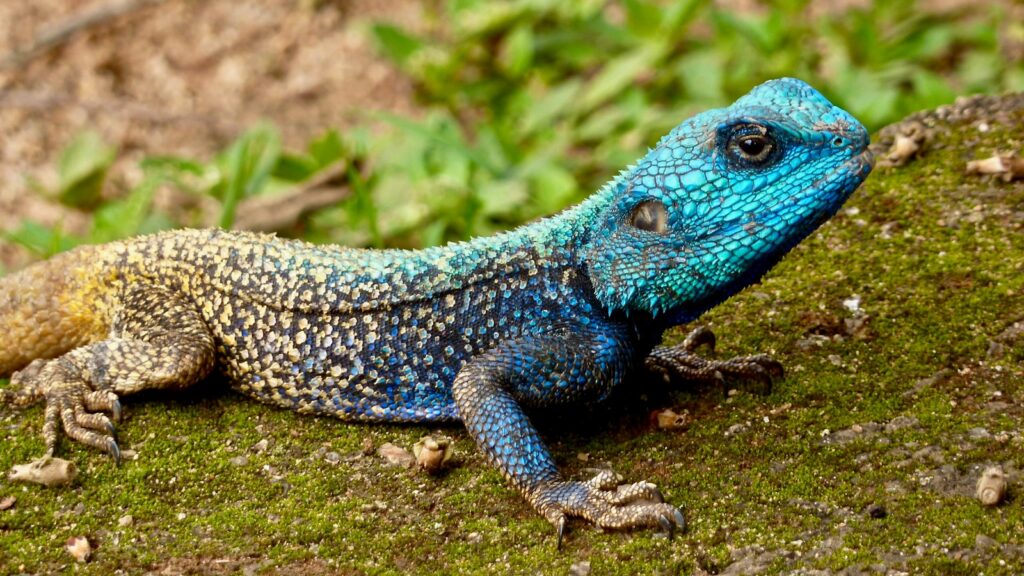
Humidity refers to the amount of water vapor present in the air, typically measured as relative humidity (RH) – the percentage of moisture in the air compared to the maximum amount the air could hold at that temperature. For reptiles, this invisible environmental factor plays a critical role in numerous physiological processes, including shedding, respiration, and hydration. Different reptile species have evolved in vastly different climates around the world, from arid deserts to tropical rainforests, resulting in equally diverse humidity requirements. Understanding the natural habitat of your specific reptile species provides the foundation for creating an appropriate microclimate in captivity that mimics these conditions. Without proper humidity levels, reptiles can experience a cascade of health issues that significantly impact their quality of life and longevity.
Why Humidity Matters: Physiological Impact on Reptiles

Humidity directly affects a reptile’s ability to maintain proper hydration and regulate bodily functions. Unlike mammals, many reptiles don’t drink water regularly and instead absorb moisture through their skin or specialized scales. Proper humidity levels facilitate this crucial moisture absorption, supporting healthy organ function and preventing dehydration. For species like chameleons and many tropical geckos, humidity also aids in thermoregulation by providing evaporative cooling when temperatures rise. Perhaps most visibly, humidity plays a vital role in the shedding process (ecdysis), allowing the old skin to separate properly from the new skin beneath – inadequate humidity often results in incomplete sheds that can lead to constricted limbs, retained eye caps, and other serious complications. Additionally, appropriate moisture levels in the air support healthy respiratory function, as overly dry conditions can lead to respiratory infections and overly humid conditions can promote harmful bacterial and fungal growth.
Species-Specific Humidity Requirements
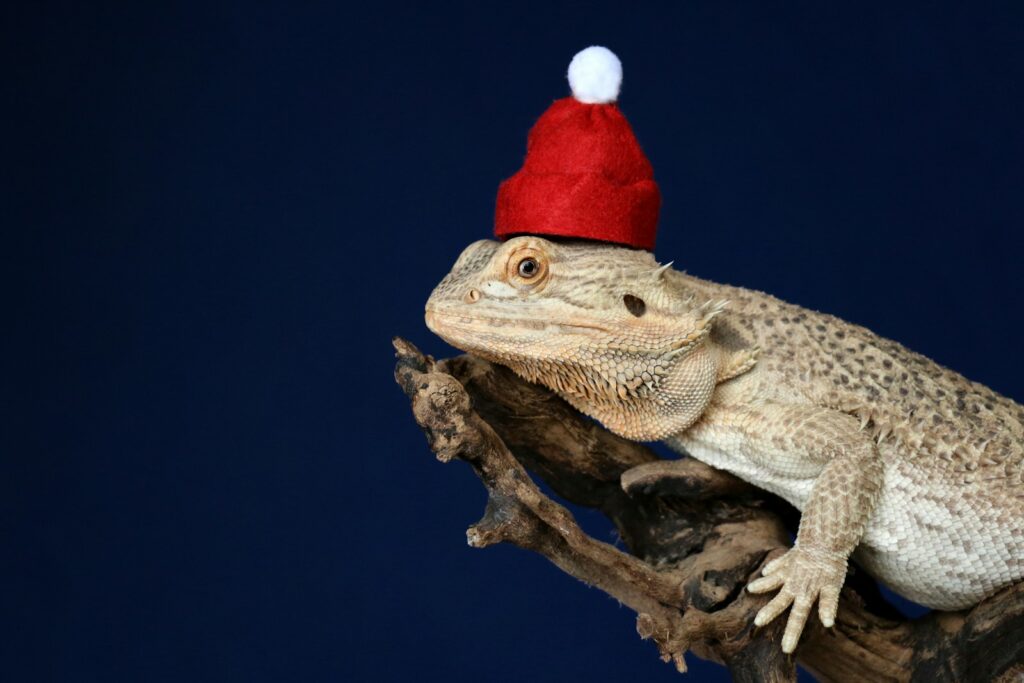
The ideal humidity range varies dramatically between reptile species based on their native habitats and evolutionary adaptations. Desert species like bearded dragons and uromastyx typically require lower humidity levels between 30-40%, with short-term spikes to aid shedding. These animals have evolved water conservation mechanisms that make excessive humidity potentially harmful to their respiratory health. In stark contrast, tropical species such as crested geckos, ball pythons, and many tree frogs thrive in high-humidity environments ranging from 60-90%, mimicking their rainforest origins. Semi-aquatic reptiles like water dragons and certain turtle species need varying humidity zones within their enclosures, with overall higher moisture levels of 70-80%. Even within reptile families, requirements can differ significantly – for example, leopard geckos (arid) versus day geckos (tropical) have vastly different needs despite being closely related. Researching the specific microclimate of your pet’s natural habitat provides the most accurate guidance for captive care.
Signs of Improper Humidity Levels
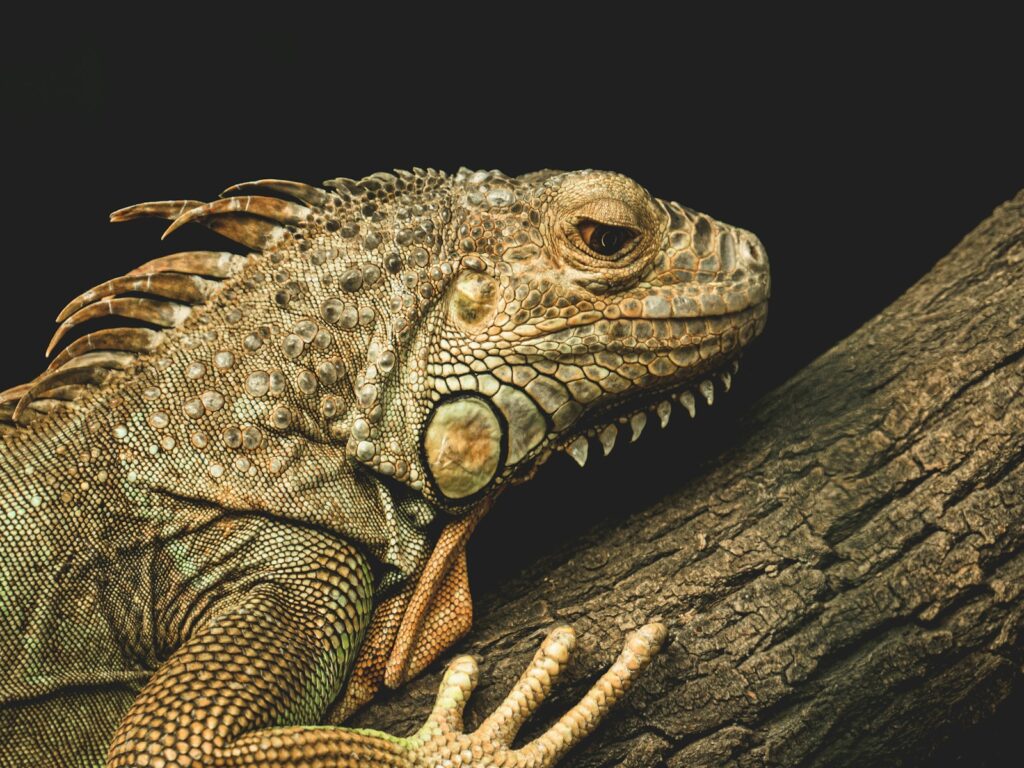
Recognizing the indicators of humidity imbalance is crucial for prompt intervention and preventing long-term health complications. When humidity is too low, reptiles often exhibit difficult or incomplete sheds, with pieces of skin remaining attached particularly around the toes, tail tip, and eyes. Dehydration signs may include wrinkled skin, sunken eyes, loss of skin elasticity, and more viscous urates (the white portion of reptile excrement). Conversely, excessive humidity can lead to skin infections, presenting as discolored patches, blisters, or scale rot – particularly on the ventral (belly) surface that contacts moist substrate. Respiratory infections, indicated by wheezing, bubbling from the nose or mouth, or open-mouth breathing, can develop in both overly dry conditions (from dried mucous membranes) and overly humid environments (from bacterial/fungal proliferation). Behavioral changes such as prolonged soaking, excessive hiding, or unusual restlessness may also signal humidity-related discomfort that warrants investigation.
Essential Tools for Monitoring Humidity

Accurate humidity measurement is the foundation of proper environmental control in reptile enclosures. Hygrometers are indispensable devices that measure relative humidity, available in analog (dial) and digital formats, with digital versions typically offering greater accuracy. For comprehensive monitoring, place multiple hygrometers at different heights and locations within the enclosure to identify microclimates and humidity gradients. Modern reptile keepers can benefit from hygrometer/thermometer combinations that track both crucial parameters simultaneously, with some advanced models offering data logging capabilities to monitor fluctuations over time. Smart systems connected to phone applications provide remote monitoring capabilities, allowing keepers to track conditions even when away from home. When selecting monitoring equipment, prioritize accuracy and calibration capabilities – inexpensive hygrometers often provide readings that can be off by 10-15%, potentially leading to harmful husbandry decisions. Regardless of the device chosen, regular calibration using the salt test method (placing the hygrometer in a sealed container with a saturated salt solution for 8-12 hours, which should read 75% humidity) ensures ongoing measurement reliability.
Humidity Control Methods for Dry Environments
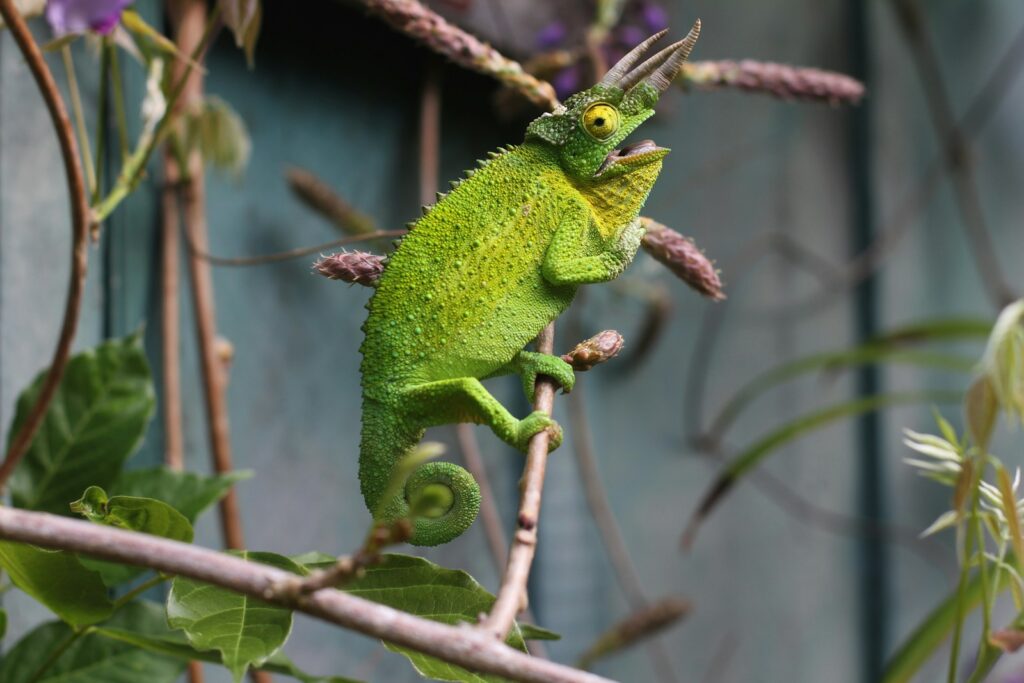
Increasing humidity in naturally dry climates or during winter heating seasons requires thoughtful terrarium design and consistent maintenance. Manual misting systems, from simple spray bottles to pressurized pump sprayers, provide direct moisture application that temporarily raises humidity levels – particularly effective for species requiring humidity spikes rather than constant high humidity. Automatic misting systems offer more precise control through programmable timers and fine-mist nozzles, ensuring consistent moisture levels throughout the day without requiring constant attention. For natural, steady humidity elevation, incorporate water features like small pools, waterfalls, or drip systems that increase ambient moisture through evaporation without creating excessively wet conditions. Strategic substrate choices significantly impact moisture retention, with coconut coir, cypress mulch, and sphagnum moss excelling at holding humidity while resisting mold growth compared to dry substrates like sand or reptile carpet. Partially covering screen tops with acrylic panels, glass, or humidity-retention films helps trap moisture within the enclosure while still allowing for necessary ventilation, creating a more stable microclimate even in challenging indoor environments.
Managing Humidity in Tropical Setups
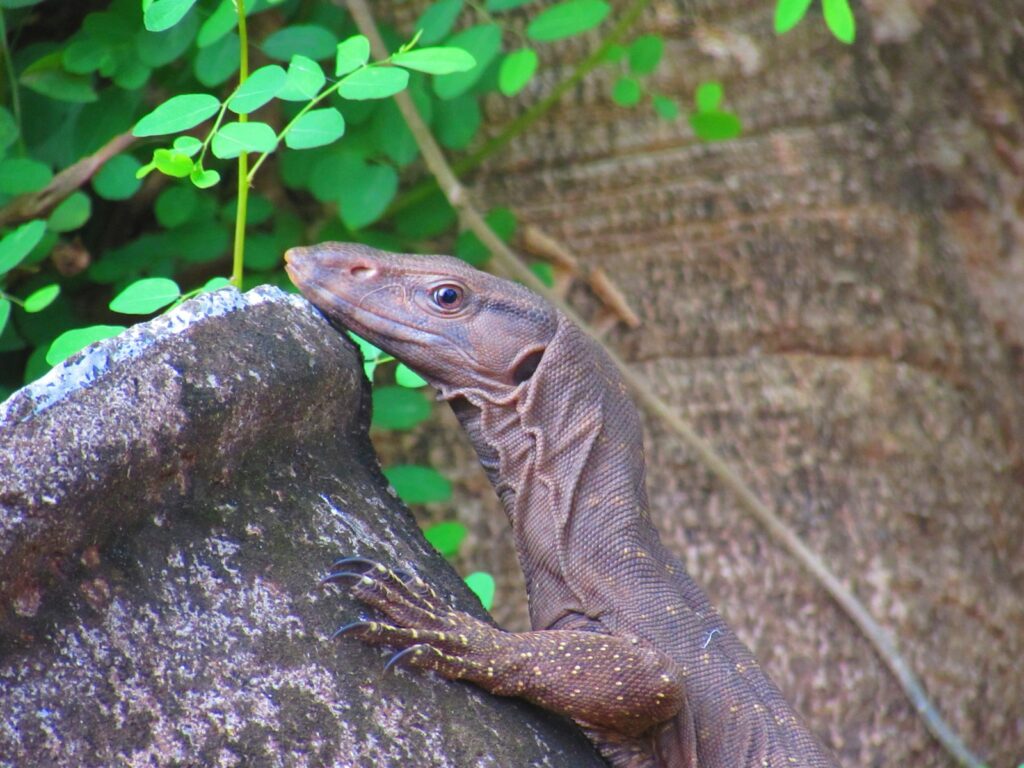
Recreating tropical conditions requires a multifaceted approach that maintains consistently high humidity while preventing stagnant, unsanitary conditions. Bioactive enclosures represent the gold standard for tropical setups, incorporating live plants, beneficial microorganisms, and custodian insects that naturally regulate humidity through transpiration and decomposition processes. These self-sustaining ecosystems not only stabilize moisture levels but also create a more natural environment that supports behavioral enrichment. Layered substrates combining drainage materials (like hydroballs or lightweight expanded clay aggregate) with moisture-retentive soil mixtures ensure proper water movement and prevent soggy conditions that can lead to bacterial growth. Live plants, particularly species native to your reptile’s habitat such as pothos, bromeliads, and snake plants, continuously release moisture through transpiration while also providing hiding places and climbing surfaces. Automated foggers or misters connected to humidity controllers create rainfall cycles that more accurately mimic natural conditions, maintaining precise humidity levels without human intervention. For species requiring extremely high humidity, enclosed terrariums with limited ventilation, such as those made of glass with minimal screen areas, help maintain moisture while still providing adequate air circulation through strategically placed vents.
Creating Humidity Gradients and Microhabitats

Natural environments rarely maintain uniform humidity levels, making humidity gradients an essential feature of biologically appropriate reptile enclosures. Strategic terrarium design should incorporate varied moisture zones, allowing reptiles to self-regulate by moving between higher and lower humidity areas according to their physiological needs. This can be achieved by keeping one side of the enclosure more heavily misted or placing moisture-retaining materials like sphagnum moss in specific areas while leaving other regions drier. Humid hides—enclosed spaces with moisture-retaining substrate—provide essential microhabitats where reptiles can retreat during shedding or when seeking higher humidity without necessitating these conditions throughout the entire enclosure. These specialized retreats are particularly valuable for desert species that need periodically elevated humidity while avoiding the respiratory risks of consistently moist environments. Vertical humidity stratification naturally occurs in taller enclosures, with higher humidity levels closer to the substrate and drier conditions at elevated positions, making proper terrarium height particularly important for arboreal species that utilize different levels. Incorporating varied terrain features like cork bark, rocks, and plantings creates natural humidity pockets around which reptiles can navigate based on their momentary requirements.
Balancing Ventilation with Humidity Retention

The relationship between airflow and humidity represents one of the most challenging balancing acts in reptile husbandry. Proper ventilation prevents the stagnant, pathogen-promoting conditions that can develop in high-humidity environments, yet excessive airflow rapidly depletes moisture levels. Strategic ventilation design involves placing air holes or screen panels to create gentle, directional airflow rather than strong drafts that could cause respiratory stress or rapid humidity fluctuations. For enclosures with primarily screen tops, covering portions with acrylic or glass creates a humidity-ventilation balance that can be adjusted seasonally or for different life stages. The enclosure’s location within the room significantly impacts this balance, as placement near air conditioning vents, heating ducts, or drafty windows can disrupt internal conditions regardless of internal setup. More sophisticated approaches include small computer fans controlled by humidity sensors that activate only when moisture levels exceed the desired range, creating dynamic, responsive environments. The ideal arrangement provides air exchange without compromising the enclosure’s microclimate, preventing both the respiratory issues associated with stagnant air and the dehydration risks of excessive ventilation.
Seasonal Humidity Adjustments
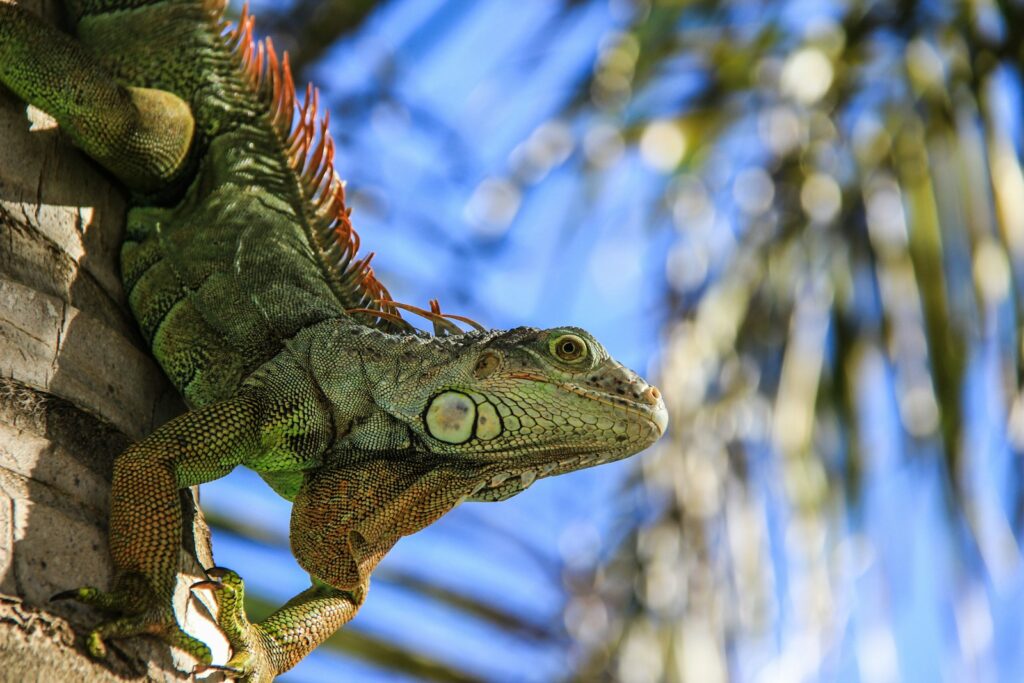
Natural environments experience seasonal humidity fluctuations that many captive reptiles benefit from experiencing in modified form. Household heating systems typically reduce ambient humidity during winter months, often necessitating increased misting frequency, larger water features, or more extensive screen coverage to maintain appropriate conditions. Conversely, summer months in many regions bring naturally higher humidity levels that may require increased ventilation for desert species or reduced supplemental humidification for tropical animals. Some reptile species, particularly those from monsoon regions like certain gecko species, benefit from a distinct annual cycle that includes a deliberately created “dry season” followed by a higher-humidity “rainy season” that can trigger breeding behaviors and improved overall health. These seasonal adjustments should be made gradually over several weeks rather than abruptly, allowing reptiles to acclimate physiologically to changing conditions. Monitoring both humidity readings and animal behavior during these transitions helps ensure the modifications support rather than stress the animal, with particular attention to shedding quality as a key indicator of appropriate moisture levels.
Common Humidity-Related Health Issues and Prevention
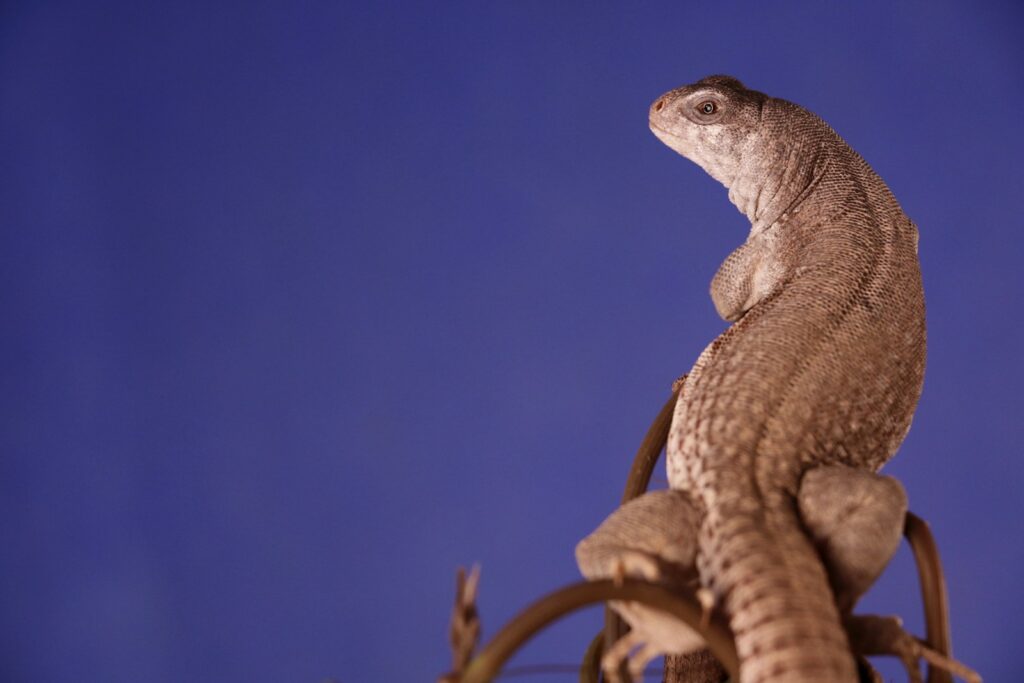
Proactive humidity management prevents a range of common health conditions that can significantly impact reptile welfare. Dysecdysis (abnormal shedding) represents the most frequently observed humidity-related issue, occurring when insufficient moisture prevents the old skin layer from properly separating, potentially leading to restricted blood flow in constricted areas and subsequent tissue death if not addressed. Respiratory infections develop when conditions are either too dry (damaging protective mucous membranes) or too humid without adequate ventilation (promoting pathogen growth), presenting as labored breathing, nasal discharge, or lethargy that requires veterinary intervention. Scale rot and shell rot in turtles develop when reptiles remain in constant contact with wet substrate, creating ideal conditions for bacteria to infiltrate through minor skin abrasions. Dehydration from chronically low humidity can lead to kidney disease, constipation, and reproductive issues like egg binding in females. Eye problems including retained spectacles (eye caps) in snakes and conjunctivitis in lizards often have humidity imbalance as an underlying cause. Regular health checks focusing on respiratory sounds, skin condition, shedding completeness, and normal behavior patterns help identify potential issues before they become serious medical emergencies.
Special Considerations for Breeding and Egg Incubation

Reproductive success in captive reptiles depends heavily on appropriate humidity management throughout the breeding cycle. Many species require specific seasonal humidity shifts as breeding triggers, with gradual increases often simulating the onset of rainy seasons that naturally coincide with reproductive activity in the wild. During gravidity (pregnancy), females of many species seek higher humidity microhabitats, making humid retreats especially important during this vulnerable period. For egg-laying species, proper nest box humidity is critical, typically requiring moisture-retentive substrates like vermiculite, perlite, or coconut fiber at specific moisture-to-substrate ratios based on species requirements. Egg incubation represents perhaps the most humidity-sensitive period, with species-specific requirements that must be maintained within narrow parameters – too dry, and embryos dehydrate; too wet, and fungal contamination or abnormal development may occur. Specialized incubation containers with controlled ventilation and water-to-substrate ratios create stable humidity environments, with some species requiring humidity adjustments during different developmental stages. Particular attention to humidity is necessary during hatching or birth events, as neonates are especially vulnerable to dehydration while simultaneously being more susceptible to respiratory infections from overly wet conditions.
Troubleshooting Common Humidity Control Problems
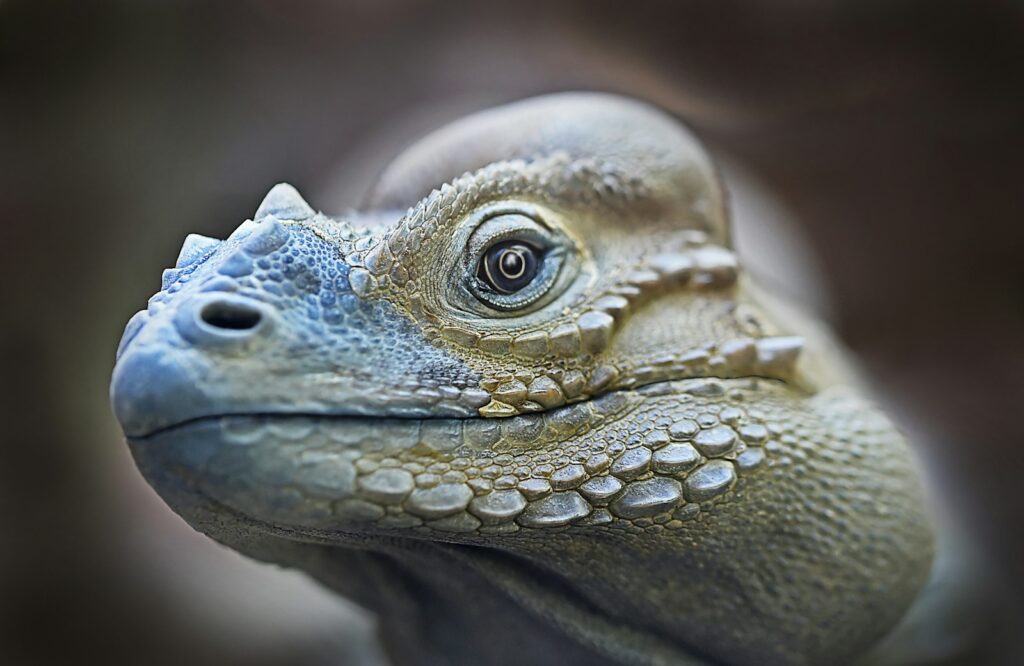
Even experienced reptile keepers encounter challenges maintaining optimal humidity levels, particularly in extreme climate regions or during seasonal transitions. When facing chronically low humidity despite regular misting, deeper substrate layers, reduced ventilation, or room humidifiers may provide more sustainable solutions than increased misting frequency, which creates problematic wet-dry cycles. Conversely, persistent excessive humidity often indicates inadequate ventilation, which can be addressed by increasing airflow paths, adding small fans, or relocating water features to lower-humidity areas of the enclosure. Unstable humidity levels that fluctuate dramatically between readings typically result from inappropriate enclosure design for the species, possibly requiring a transition from screen-heavy terrariums to more enclosed designs for tropical species or vice versa for desert animals. Localized mold growth signals problematic moisture pockets that require immediate attention through substrate removal, increased air circulation, and potentially ultraviolet sterilization of affected materials. For particularly challenging species or environments, automated systems with humidity controllers that activate misters or fans when readings fall outside preset parameters offer precision management that manual methods cannot achieve, though these require regular calibration and maintenance to function reliably.
Advanced Humidity Management Techniques
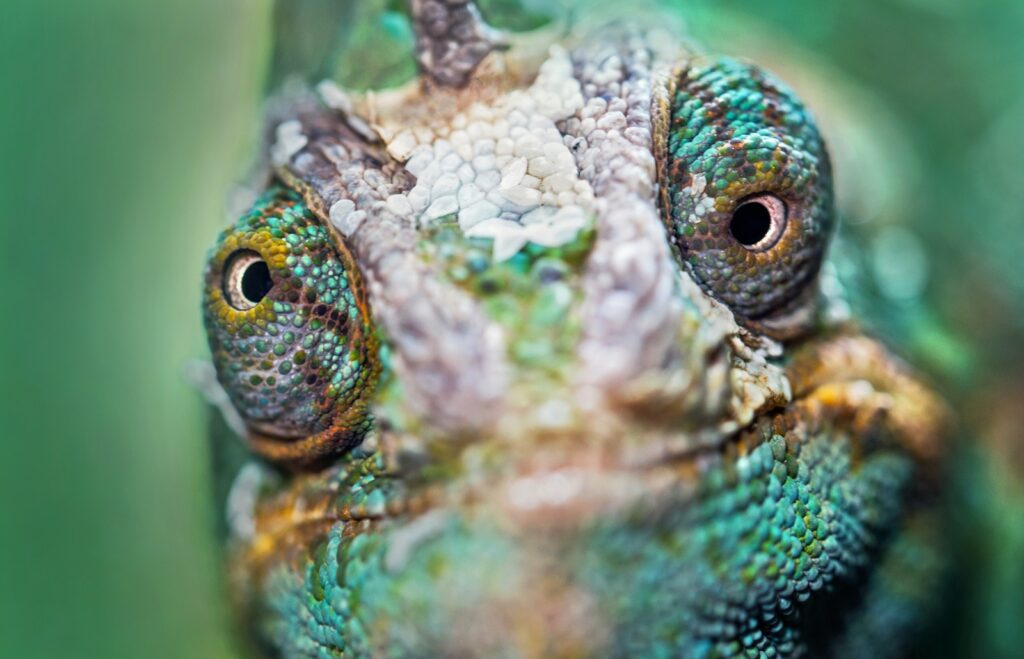
As reptile husbandry continues to evolve, innovative approaches to humidity management provide increasingly sophisticated options for dedicated keepers. Bioactive enclosures represent the cutting edge of naturalistic reptile keeping, using living soil systems with beneficial microorganisms and custodian insects that break down waste while naturally cycling moisture through the system. These self-sustaining ecosystems not only regulate humidity organically but also provide significant behavioral enrichment opportunities. Climate-controlled rooms dedicated to reptile keeping allow for baseline environmental management at the room level, with enclosures providing species-specific refinements within this controlled space, particularly valuable for keepers with multiple animals of similar requirements. Remote monitoring systems with WiFi-enabled sensors provide real-time data and alert notifications when conditions fall outside acceptable parameters, allowing for intervention even when away from home. For breeding operations or particularly sensitive species, professionally designed misting systems with programmable controllers create precisely timed rainfall patterns that mimic natural precipitation cycles, often incorporating reverse osmosis water systems to eliminate mineral deposits on enclosure surfaces and plants. While these advanced techniques require greater initial investment, they often provide more stable conditions with less daily maintenance, improving both animal welfare and keeper convenience.
Conclusion
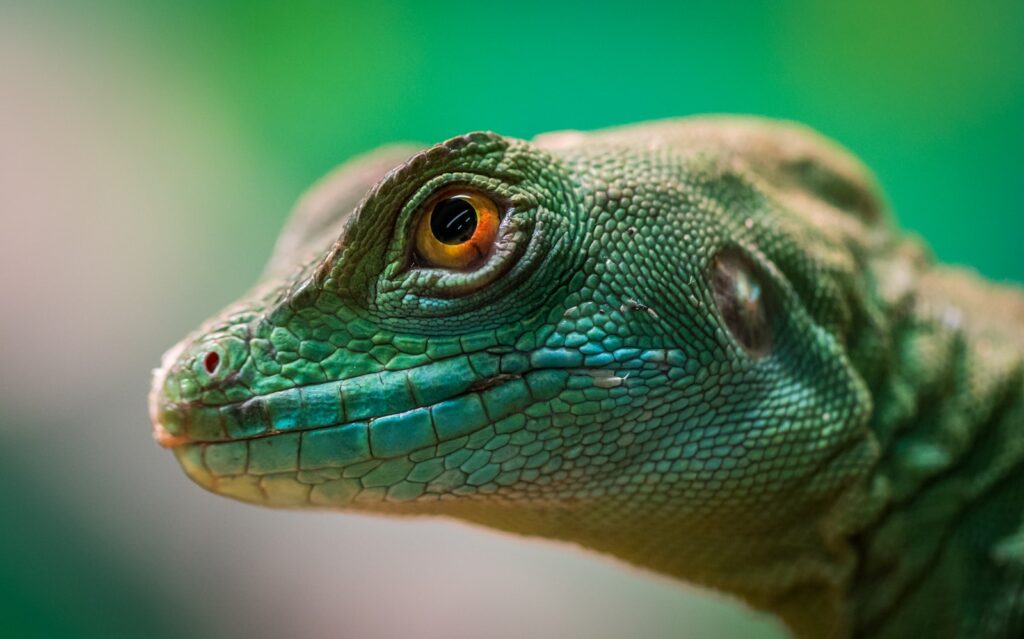
The proper management of humidity stands as one of the fundamental pillars of successful reptile husbandry. By understanding the specific needs of your species, implementing appropriate environmental controls, and regularly monitoring conditions, you create the foundation for your reptile’s long-term health and wellbeing. Remember that there’s rarely a one-size-fits-all solution – successful humidity management requires tailoring approaches to individual species, local climate conditions, and even the specific tendencies of individual animals. As with many aspects of reptile care, observation remains your most powerful tool, allowing you to refine your approach based on your pet’s behavior and physical condition. Whether you’re caring for a desert-dwelling leopard gecko or a tropical tree python, creating appropriate moisture conditions represents not just meeting basic needs, but providing an environment where your rept

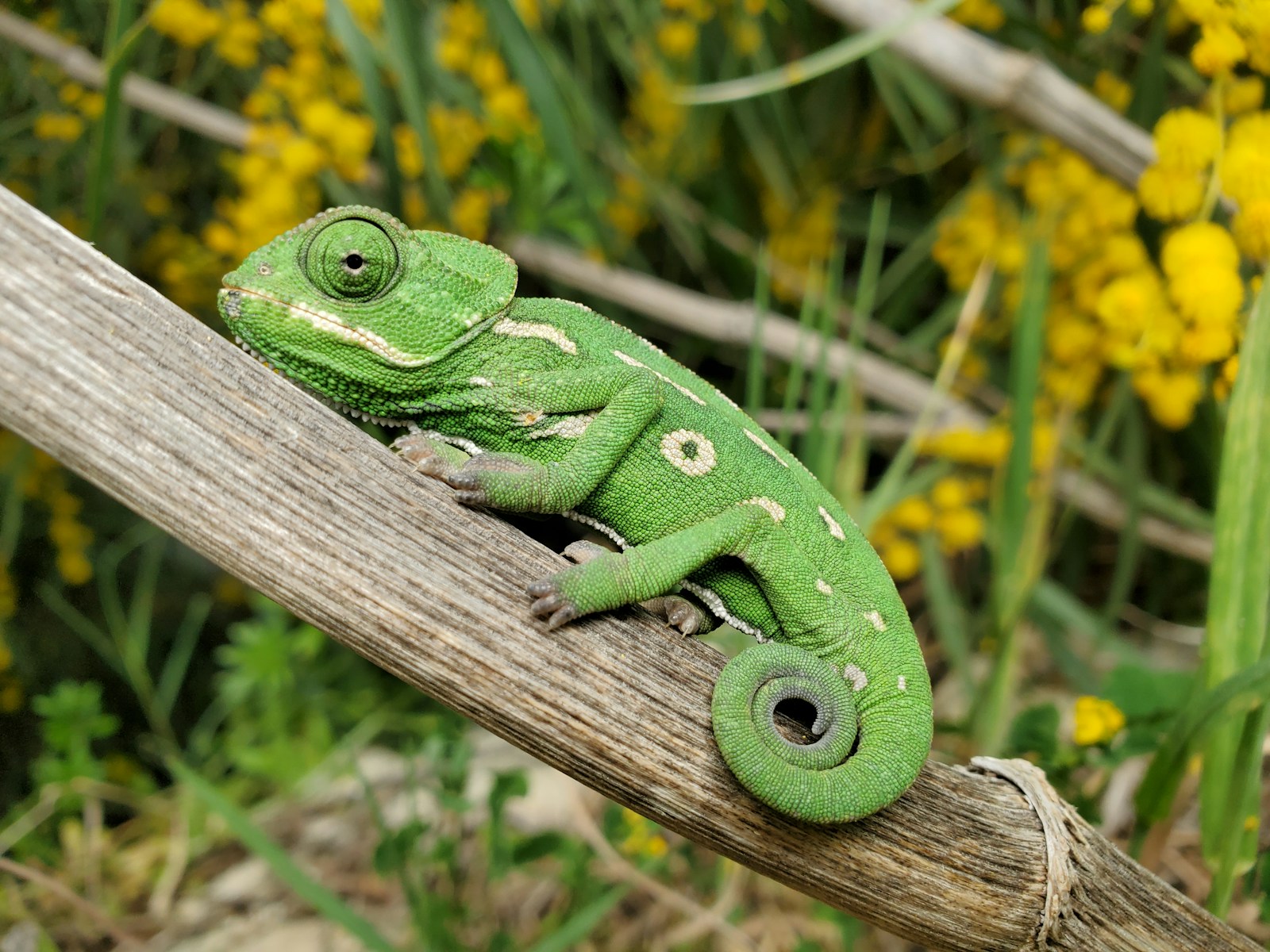
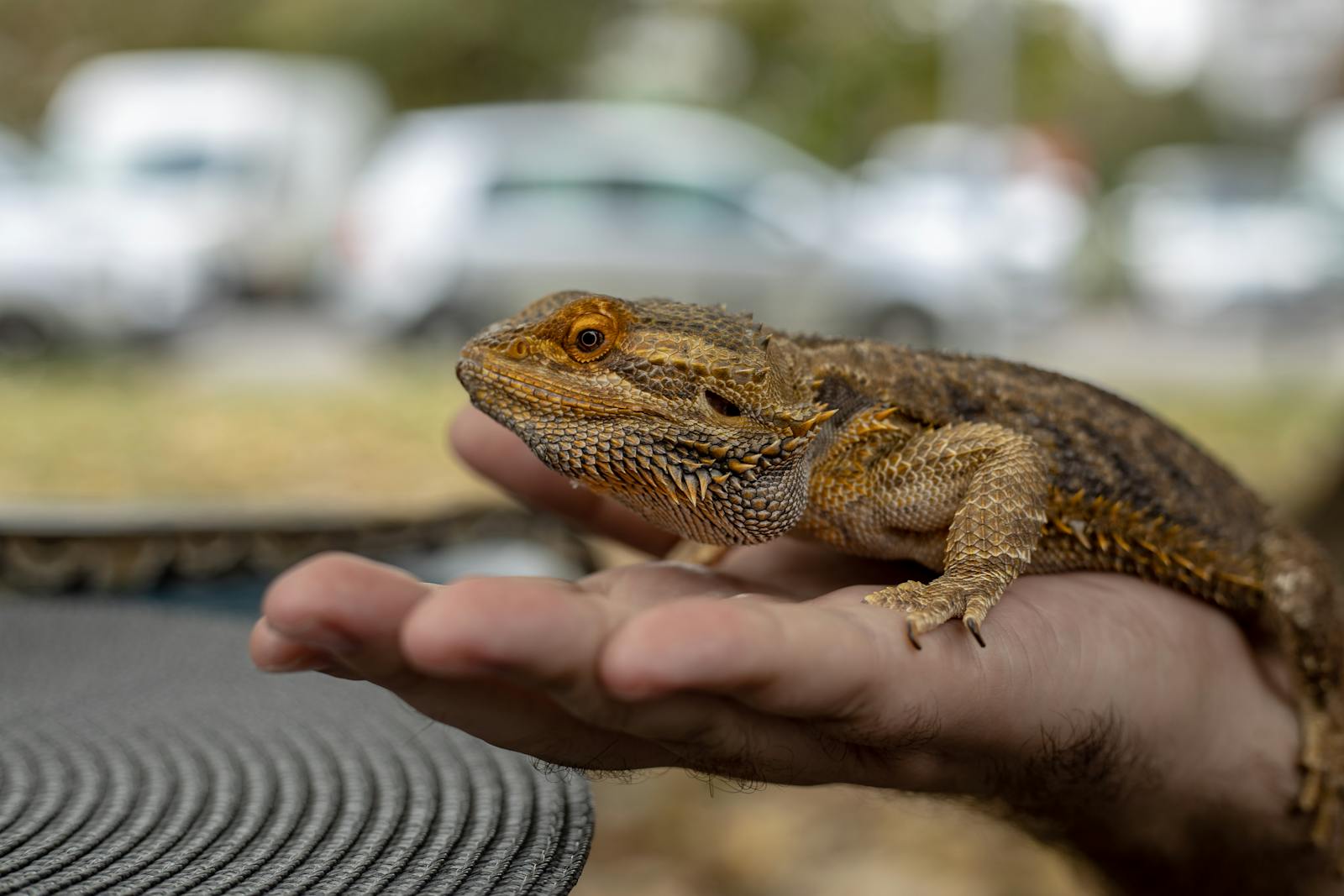
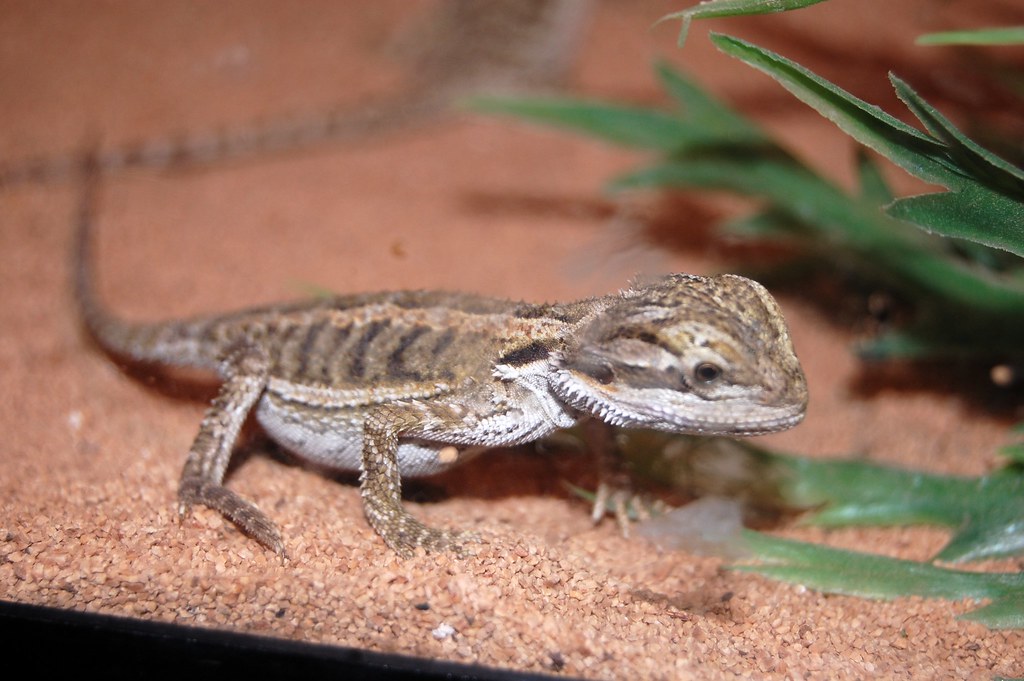
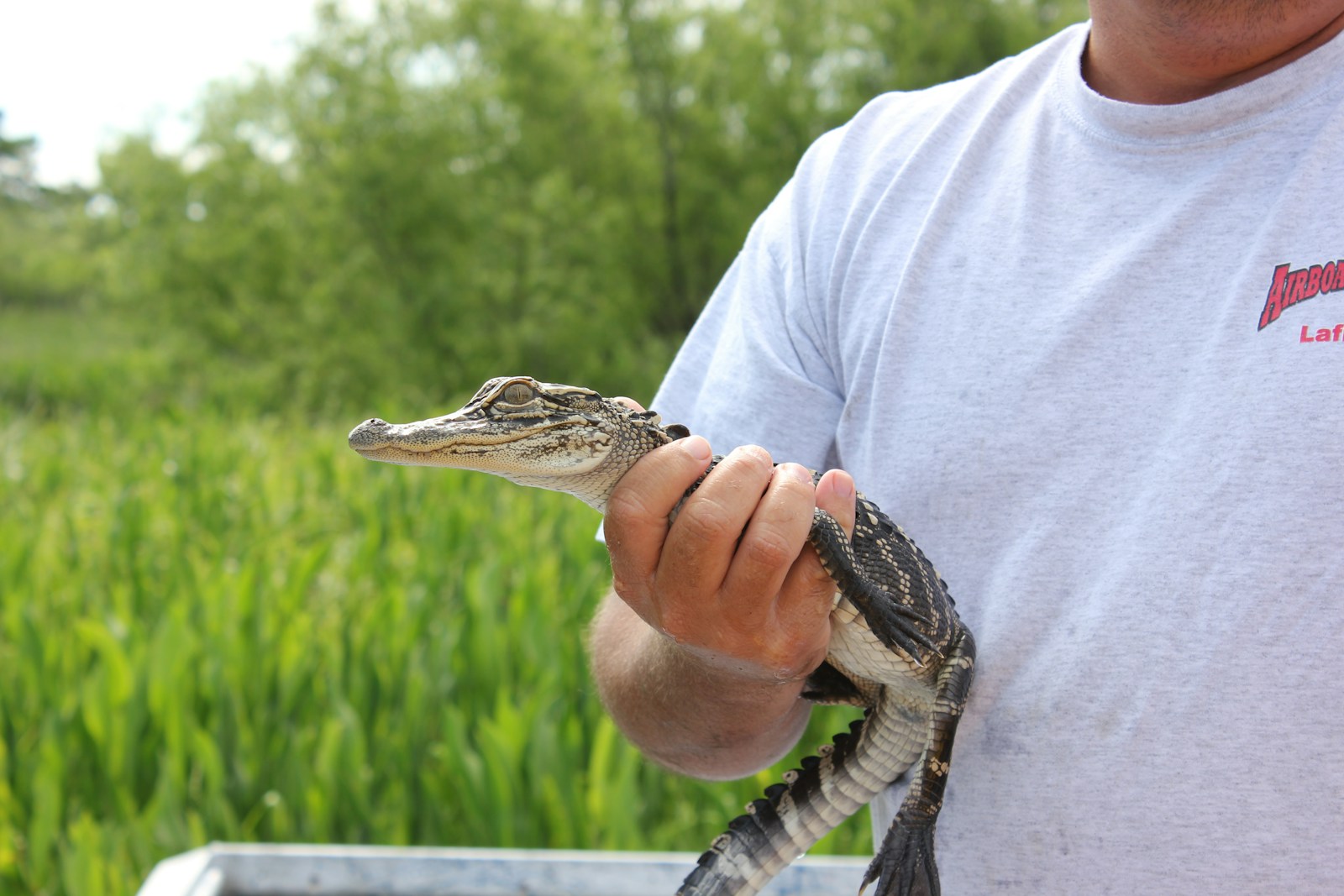

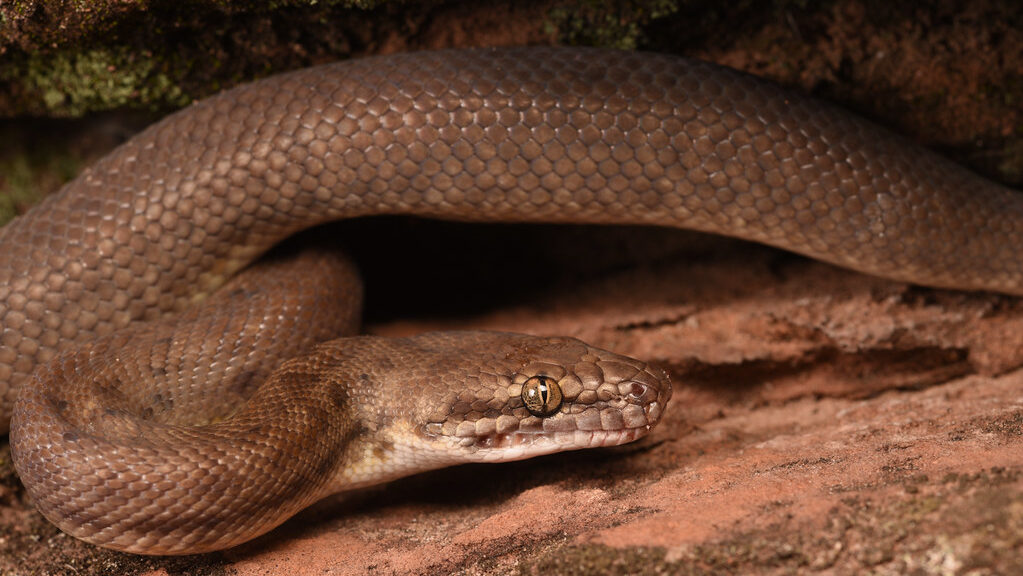
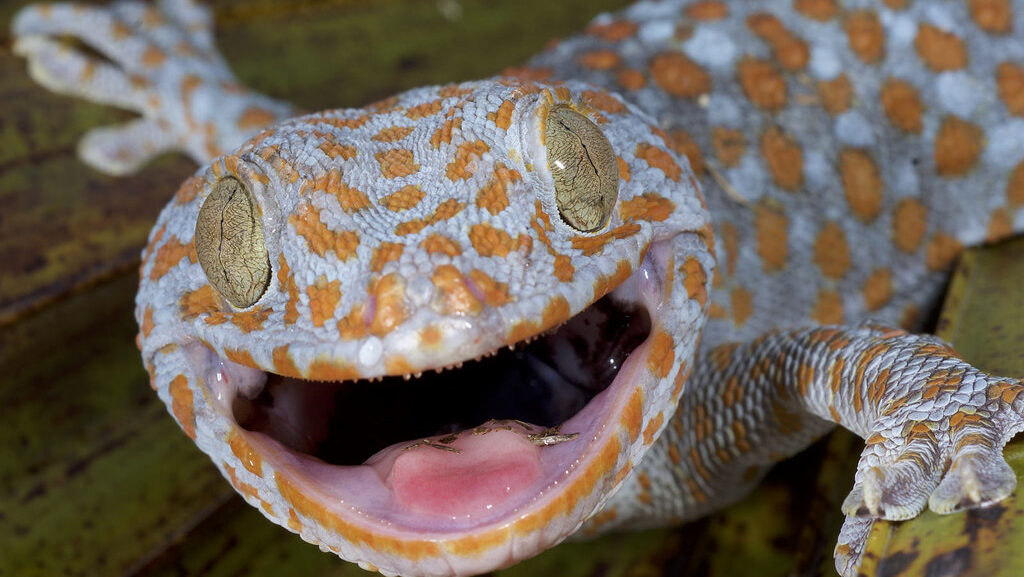

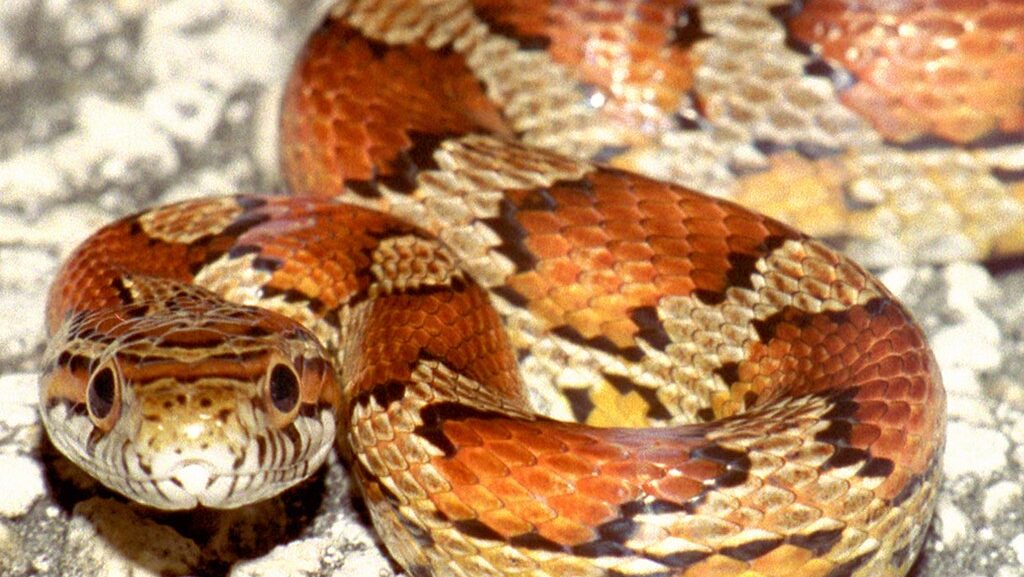
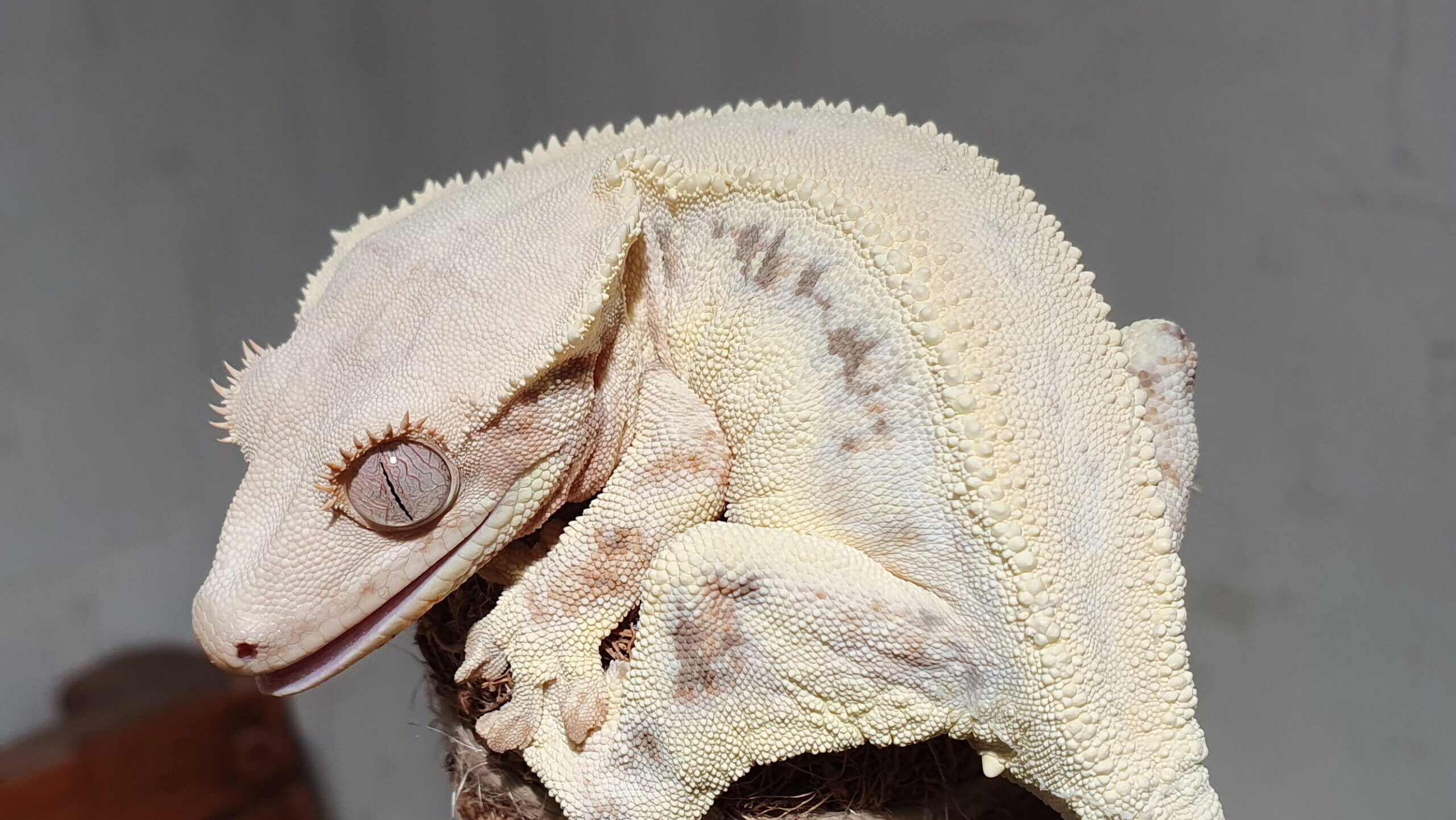
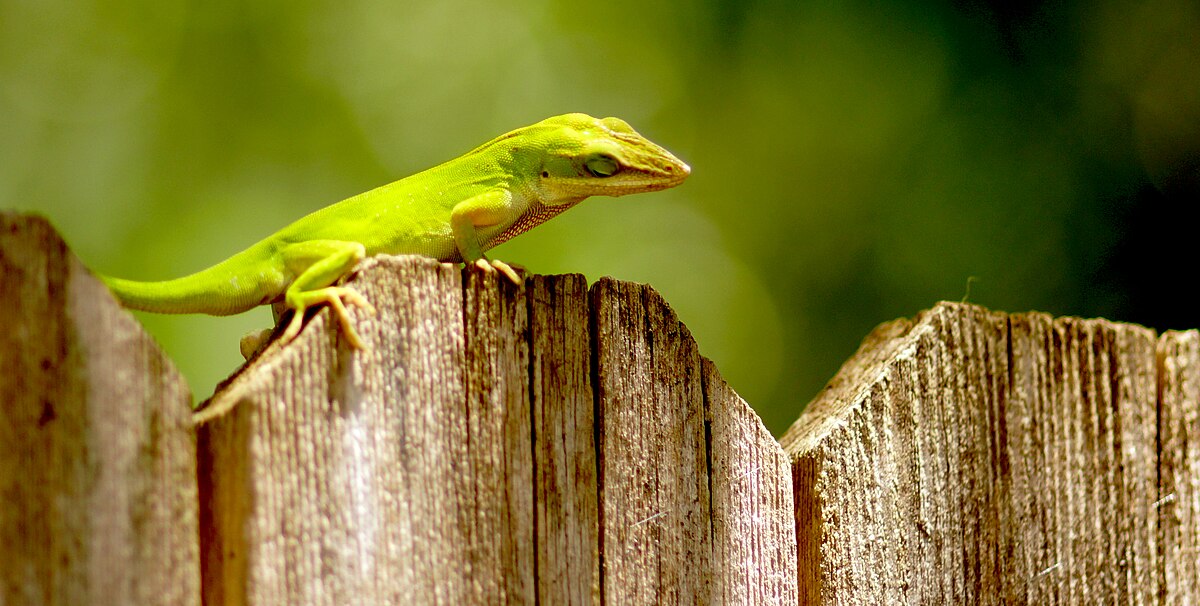




Leave a Reply